When you invest in a NAS system, you expect it to keep your data safe and available around the clock. But like any hardware, NAS drives have a lifespan. Understanding their failure rates is essential for planning ahead.
Failure is not random. Drive age, workload, capacity, and environment all affect reliability. Knowing these risks helps you set realistic expectations and prepare for potential issues.
In this guide, we explain NAS drive failure rates, highlight the main factors that affect longevity, and outline what to watch for so you can protect your data more effectively.
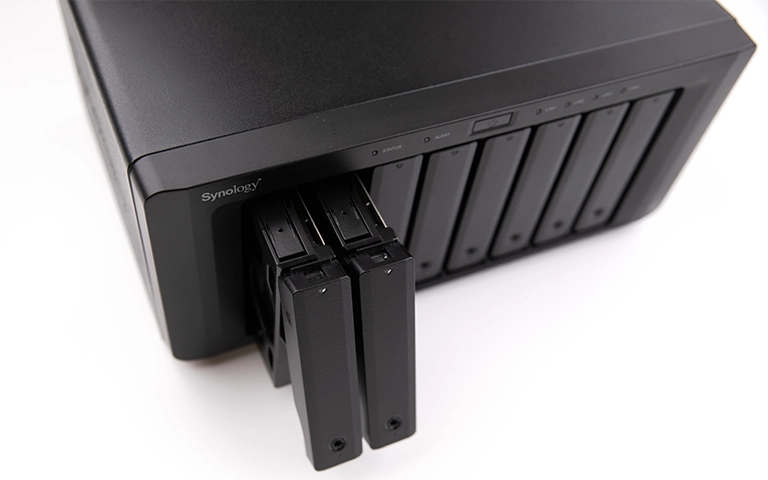
How Often Do NAS Drives Fail?
Every hard drive has a limited lifespan, and NAS drives are no exception.
Industry studies, including Backblaze’s annual reports, show annualised failure rates between 1% and 3% for most modern drives. In practice, that means one to three out of 100 drives may fail within a year.
It is important to remember these are averages. Some drives run for years without issues, while others fail early due to defects, heavy workloads, or harsh conditions. NAS drives typically run 24/7, which adds more stress than desktop usage.
A failure rate of 2% may look small, but when your NAS contains multiple drives, the odds of at least one failing over time rise significantly. This is why redundancy and monitoring are essential.
Trust the experts with proven results
What Affects NAS Drive Reliability
Several factors influence how long your NAS drives will last. Some are within your control, while others are part of normal wear and tear:
Drive Age: Mechanical wear increases failure risk after three to five years of continuous use.
Workload: NAS drives are built for 24/7 operation, but heavy read/write workloads accelerate wear.
Heat and Cooling: High temperatures shorten lifespan. Poor airflow or clogged fans increase failure rates.
Capacity: Larger drives take longer to rebuild in RAID, which puts additional strain on remaining drives.
Environment: Vibration, humidity, and power fluctuations all contribute to premature failure.
By monitoring these factors, you can anticipate risks and act before downtime strikes.
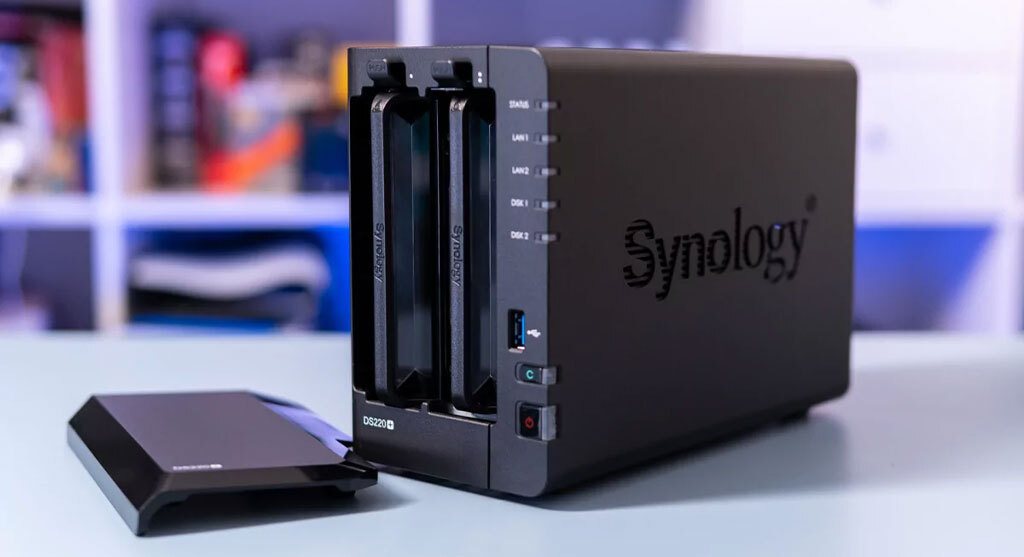
NAS Drives vs Regular Hard Drives
Although they look similar, NAS drives and desktop drives are built for different purposes.
Designed for continuous use – NAS drives support 24/7 workloads. Desktop drives wear out quickly under constant use.
Vibration resistance – NAS drives include sensors and firmware to handle multi-drive vibration. Desktop drives lack this, leading to higher error rates.
Firmware optimisation – NAS drives are tuned for RAID and multi-drive environments, improving reliability under stress.
Warranty and support – NAS drives typically come with longer warranties, reflecting higher durability standards.
Using desktop drives in a NAS may cut initial costs, but they tend to fail faster and create higher long-term risks.
Failure Trends by Brand and Capacity
Brand differences – Some manufacturers achieve consistently lower failure rates, while others show model-specific weaknesses.
Drive capacity – High-capacity drives (12TB and above) sometimes show higher early-life failures and take longer to rebuild.
Generational updates – Newer models may correct past issues, but untested designs carry unknown risks until field data accumulates.
The practical takeaway: choosing proven models and balancing capacity with redundancy reduces the risk of unexpected data loss.
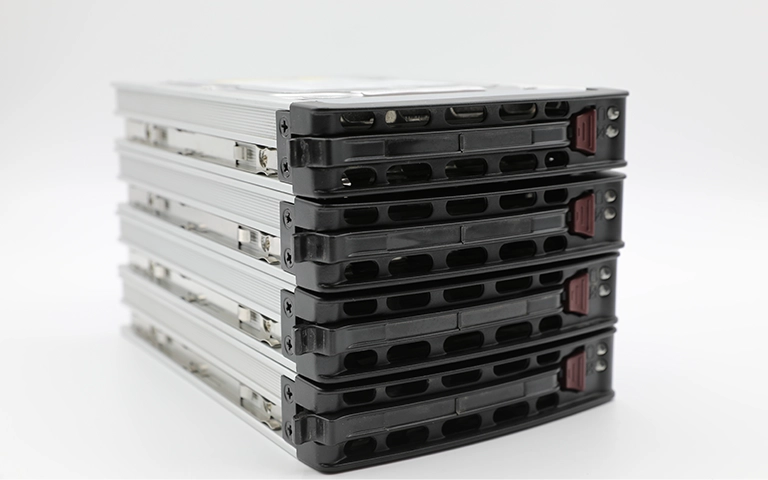
When NAS Drives Fail: Risks and Warning Signs
A single drive failure can disrupt your NAS, but the real danger comes when problems are ignored. If one drive fails and another shows early signs of trouble, your RAID array may collapse, putting all stored data at risk.
Risks of NAS Drive Failure:
Business or personal downtime
RAID rebuild corruption
Increased stress on surviving drives
Permanent data loss if recovery is delayed
Warning Signs to Watch For:
SMART alerts or bad sector warnings
Clicking, grinding, or buzzing noises
Slow file transfers or frequent disconnections
RAID rebuild errors or consistency check failures
Acting quickly when these signs appear prevents escalation into a full data loss scenario.
Fast turnaround times for business-critical data
Ways to Lower the Risk of Drive Failure
While you cannot prevent drive failure completely, you can take steps to reduce the likelihood and limit the impact when it happens.
Keep drives cool – Ensure clean airflow and functional fans.
Replace ageing drives – Proactively swap out drives nearing warranty expiry or showing errors.
Use NAS-rated drives only – Desktop models are not suitable for 24/7 RAID environments.
Monitor health data – Set up SMART alerts and check reports regularly.
Maintain tested backups – RAID is not a backup. Always keep separate, verified backups.
These measures cannot eliminate failure but significantly reduce risk and impact.
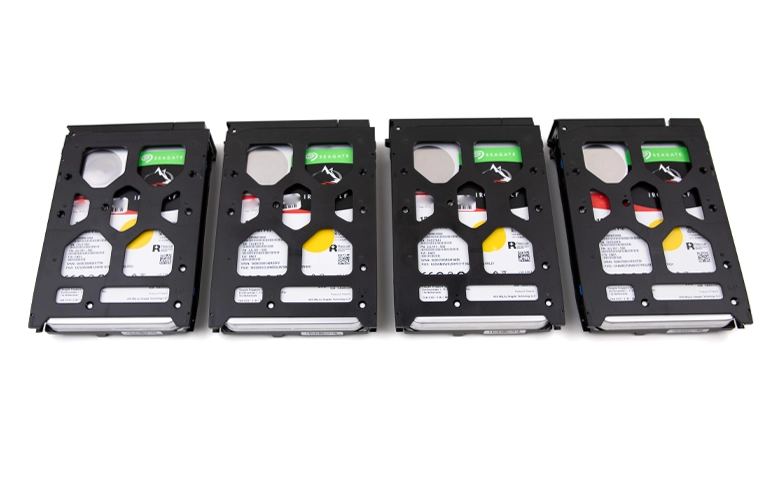
When to Call in Professional Help
Even with the best practices, multiple drive failures, RAID rebuild errors, or complete NAS inaccessibility can occur. DIY recovery attempts at this stage often worsen the problem.
At RAID Recovery Services, we specialise in complex NAS failures, including multi-drive loss and RAID corruption. Our engineers use professional tools to safely recover data while minimising further risk.
If your NAS shows repeated errors, failed rebuilds, or full inaccessibility, power it down and seek professional assistance immediately.
Conclusion
NAS drives are built for reliability, but no drive lasts forever. Failure rates depend on age, workload, capacity, and environment, and ignoring warning signs can turn a minor fault into catastrophic loss.
By monitoring risk factors, maintaining backups, and replacing drives proactively, you can extend system life and avoid downtime. If failure does occur, professional recovery remains the safest option to protect your data.
At RAID Recovery Services, we help organisations and individuals recover from NAS failures of all types. Our expertise ensures that even complex cases are handled with the highest level of safety and care.
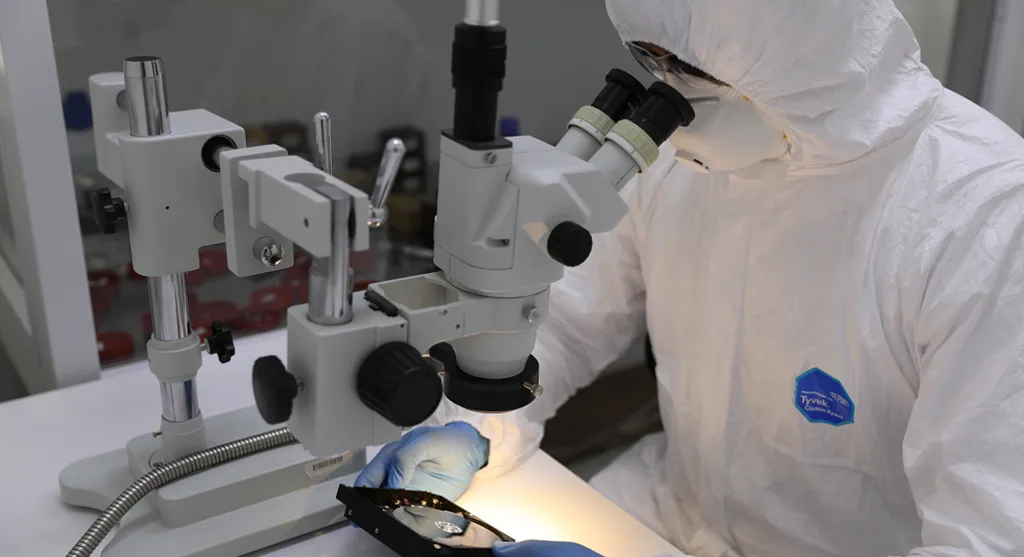
Frequently Asked Questions
How long do NAS drives usually last?
Most last between three and five years under continuous use. Beyond warranty, the risk of failure increases significantly.
What are the early signs of NAS drive failure?
SMART alerts, slow transfers, disconnections, and unusual noises such as clicking or grinding often signal imminent failure.
Does drive size affect failure rates?
Yes. Larger drives can show higher early failure rates and increase rebuild times, which stresses the system.
Can I use desktop hard drives in a NAS?
You can, but it is not advised. Desktop drives are not built for continuous workloads or vibration resistance, and they tend to fail faster.
When should I contact a professional for NAS recovery?
If more than one drive fails, a RAID rebuild fails, or the NAS becomes inaccessible, professional recovery is the safest course.